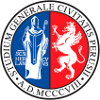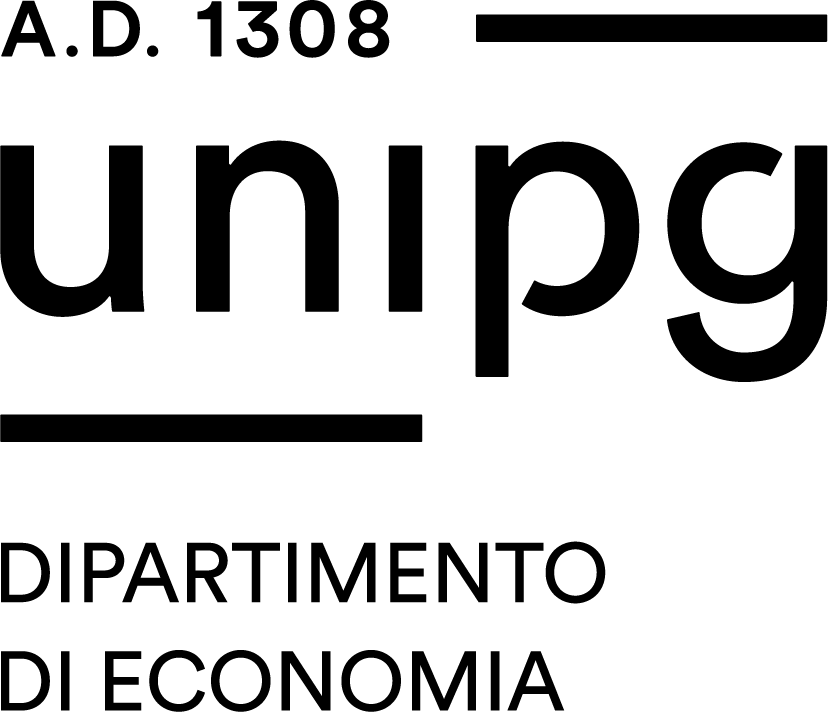Study-unit INDUSTRIAL ROBOTICS
| Course name | Computer engineering and robotics |
|---|---|
| Study-unit Code | A003455 |
| Curriculum | Robotics |
| Lecturer | Francesco Ferrante |
| Lecturers |
|
| Hours |
|
| CFU | 6 |
| Course Regulation | Coorte 2024 |
| Supplied | 2024/25 |
| Supplied other course regulation | |
| Learning activities | Caratterizzante |
| Area | Ingegneria informatica |
| Sector | ING-INF/04 |
| Type of study-unit | Obbligatorio (Required) |
| Type of learning activities | Attività formativa monodisciplinare |
| Language of instruction | ITALIAN |
| Contents | Kinematics, sensors, actuators, ROS. |
| Reference texts | Robotica. Modellistica, pianificazione e controllo. Terza edizione, Bruno Siciliano, Lorenzo Sciavicco, Luigi Villani, Giuseppe Oriolo, McGraw-Hill, ISBN: 9788838663222 |
| Educational objectives | Knowledge of methods to express the pose of a rigid body. Knowledge of the kinematic model of a manipulator. Knowledge of the main sensors and actuators used in industrial robotics. Knowledge of the ROS software. |
| Prerequisites | In order to understand the contents presented in the course, and achieve the learning objectives, it is useful to have a good knowledge of Linear Algebra, Analysis and Physics (Mechanics). |
| Teaching methods | Teaching is organized as follows: - frontal lectures in classroom; - seminar lectures; - guided exercises. Teaching support tools: whiteboard, PC, projector. |
| Other information | |
| Learning verification modality | The exam is oral. It begins with the presentation of some homework assigned during the course and continues with questions on the entire course program. |
| Extended program | Introduction to robotics Mechanical structure of manipulators, actuators, sensors Position and orientation of a rigid body Direct kinematics, inverse kinematics closed-form vs numerical. Differential kinematics. Fundamentals of ROS. |
| Obiettivi Agenda 2030 per lo sviluppo sostenibile |


